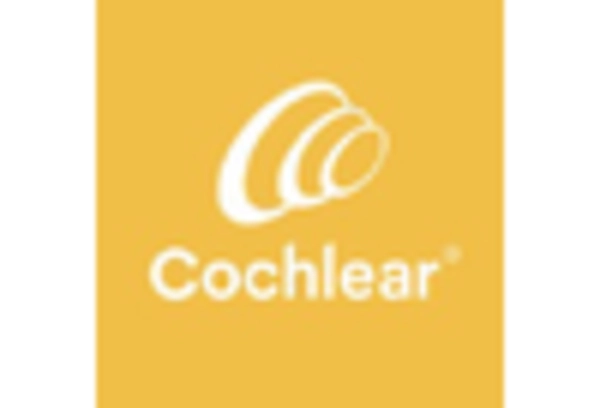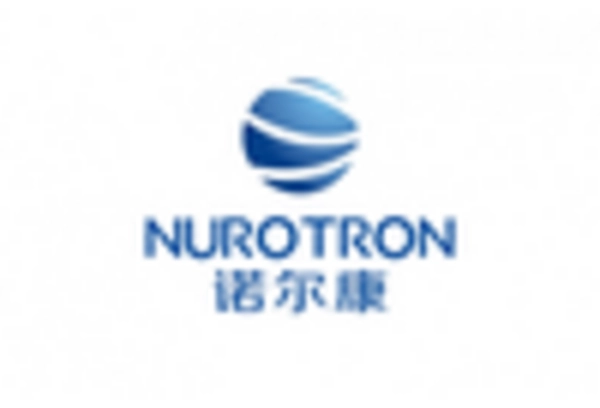Neuroprosthetics Size
Neuroprosthetics Market Growth Projections and Opportunities
The market for Neuroprosthetics is greatly affected by the growing number of neurological diseases all over the world. Health problems like Parkinson's disease, epilepsy and spinal cord injuries push people to need neuroprosthetic tools that can fix or improve brain function. New technology is important in making the Neuroprosthetics market what it is. The always changing ways we use brain-stimulating methods, connect brains to computers and put devices in people are making new treatment choices. This helps the market grow more too. The world's change in population towards older people contributes to the buying and selling patterns of Neuroprosthetics. As old people become more common, so do health problems linked to age. This means we need new brain-helping devices even more to make life better for them. Money given by the government for research and development of neuroprosthetic technology has a big effect on market patterns. When more money is put into studying the brain, and efforts are made to make healthcare better, people can get neuroprosthetic devices easier. This helps grow market size too. As more people and doctors learn about the good things that come from using neuroprosthetics, it helps the market to grow bigger. Teaching more about how to use brain device solutions can help with neurological problems. This encourages people to start using these advanced tools early on. Healthcare groups, research places and businesses working together help create new devices for the brain. This makes these tools develop quicker too. These partnerships help bring together more resources and know-how, leading to the introduction of advanced and better working brain devices. Strict rules guide the Neuroprosthetics industry by making sure devices are safe and work well. Following the rules set by regulators is very important for those in business. It influences how they make their products, get them approved and start selling them to customers. More and more patients are choosing low-invasive brain devices, like outside gadgets or stuff you can wear. This is changing market trends. This habit is pushed by wanting treatments that are less intrusive with fewer bad effects. The price of devices that help with the brain is a big thing in markets. Price and payment rules affect how easy it is to use these technologies. They also change the number of people using them and their popularity in markets.


















Leave a Comment